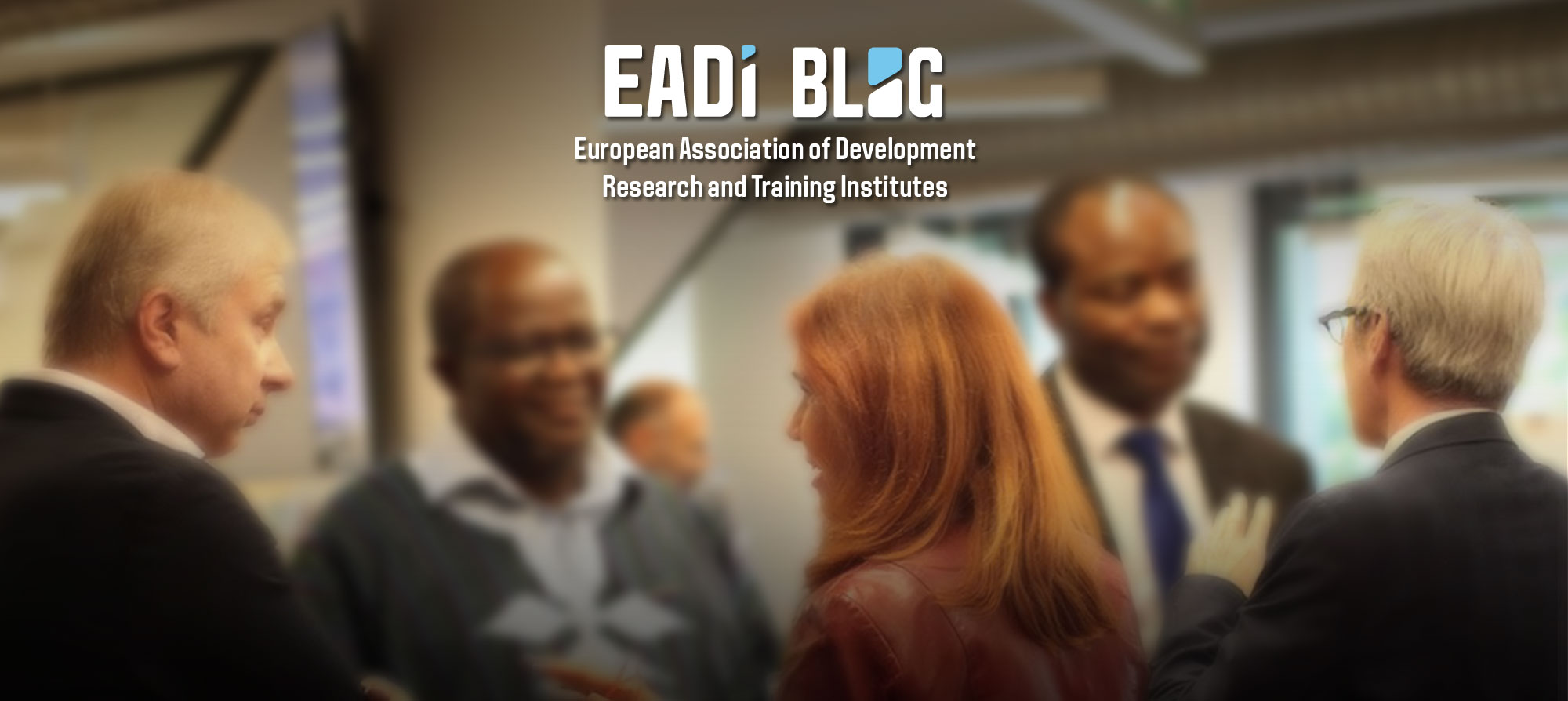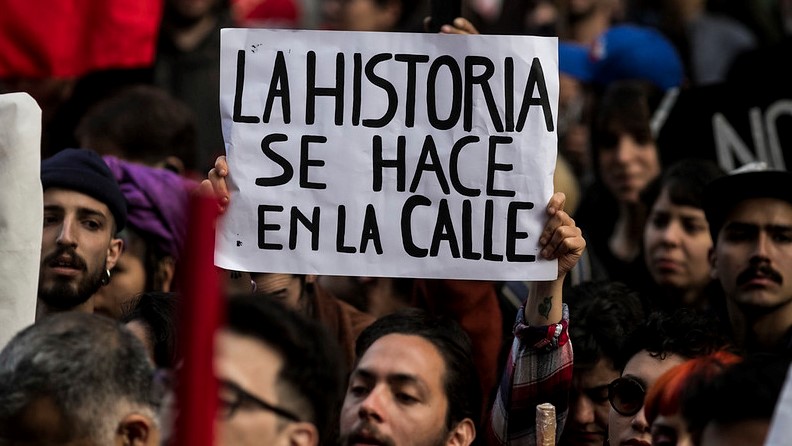By Rogelio Madrueño Aguilar, José María Larrú and David Castells-Quintana | EADI/ISS Blog Series
Inequality is above all a multidimensional problem. It is by all means a complex issue that requires global solutions in accordance with the challenges imposed by the 2030 Agenda for Sustainable Development. As stated in this agenda “the achievement of inclusive and sustainable economic growth […] will only be possible if wealth is shared and income inequality is addressed”.
Yet, the key question is whether it is possible to reduce inequality and to what extent. Recent evidence suggests that the growing divide between rich and poor threatens to destabilize democracies, undermines states’ economies and fuels a variety of injustices, either economically, socially, politically or ecologically. Despite certain variations, this holds true not only for rich economies, but also for low and middle income countries.
When looking a little more closely at the ongoing popular upheavals, protests and street disturbances in different countries, they have something in common: the dissatisfaction of people, mostly youths, with the uneven distribution of opportunities, limited social mobility and issues of environmental sustainability in their societies, to name only a few. After 2008, all these reasons have triggered a wave of global protest in a growing number of countries, such as Chile, Haiti, Ecuador, Spain, etc.
In particular, there seems to be a lack of confidence in the political class and the institutional setting, and their capacity to reverse these negative trends. More importantly, there is a clear awareness that the concentration of market power and wealth in the hands of the rich with linkages to political power is a fundamental problem.
Institutional solutions versus social mobilization
The open question now is whether we should pave the way for reducing inequality through the normal functioning of institutions, or through different types of mobilization and social protest? In fact, we are indeed witnessing many cases which show a preference for the second option.
Again, the aim of fighting inequality faces a daunting challenge: the combination of rising inequalities within countries and an apparent inequality trap seems to be a vicious cycle that is difficult to break; especially in the light of prevalent inconsistencies in policy objectives and institutional implementation at the national and global level: on the one hand there are mechanisms in place that reinforce economic, political or social structures that lead to persisting inequality. On the other hand, efforts are being made to connect the fight against corruption, crime and tax evasion, which may lead to a reduction of social inequalities.
This lack of policy coherence is affecting economic growth and redistribution as two key conditions to reduce the gap between the richest and the poorest. It is not only that several regions experience weak growth in per capita income, but there has also been a strong opposition to the introduction of a capital gains tax for the wealthiest across countries, who have become even richer over the past decades. This, however, translates into an emerging pattern where inequality is strongly linked with less sustained growth. At the same time the goal of economic growth itself is increasingly being questioned. Particularly in countries of the global north there are serious doubts about its compatibility with ecological sustainability.
Persisting inequalities or paradigm shift?
For all of these reasons we find ourselves facing a tough situation in which class struggle settings are becoming more frequent and severe in many areas of the world. It seems that we are either moving towards a problem of persistent inequalities or standing on the threshold of a new paradigm shift.
Therefore, there is an urging need to examine and assess the different impacts that the spiral of inequality is causing around the world. While acknowledging that some inequalities might be socially fair to a certain extent, others claim asymmetric responses in order to favour socially disadvantaged groups such as women and children. Markets alone are unable to reach an economically efficient outcome or to create a level playing field for all members of society. This means moving ahead towards a balanced social agenda that takes into account the multidimensionality of inequalities as well as the historical, legal, social, economic, climatic and intergenerational perspective.
If you are you interested in discussing global inequalities, please see our seed panel “Rethinking inequalities in the era of growth limits and social injustice” at the EADI/ISS General Conference 2020
Our panel aims to find new understandings to the notion of inequalities in order to enrich the contemporary development discourse and explore global cooperative solutions. This involves new ideas, dimensions and approaches, including critical voices from the global south.
This article is part of a series launched by EADI (European Association of Development Research and Training Institutes) and the Institute of Social Studies (ISS) in preparation for the 2020 EADI/ISS General Conference “Solidarity, Peace and Social Justice”. It was also published on the ISS Blog.
Rogelio Madrueño Aguilar is Research Associate at the Ibero-America Institute for Economic Research, Georg-August-Universität Göttingen, the Complutense Institute of International Studies, and the Spanish Network of Development Studies (REEDES).
José María Larrú is Professor of Economics at the Universidad San Pablo CEU, Madrid.
David Castells-Quintana is visiting professor in the Department of Applied Economics at the Autonomous University of Barcelona.
Image: Mídia NINJA

